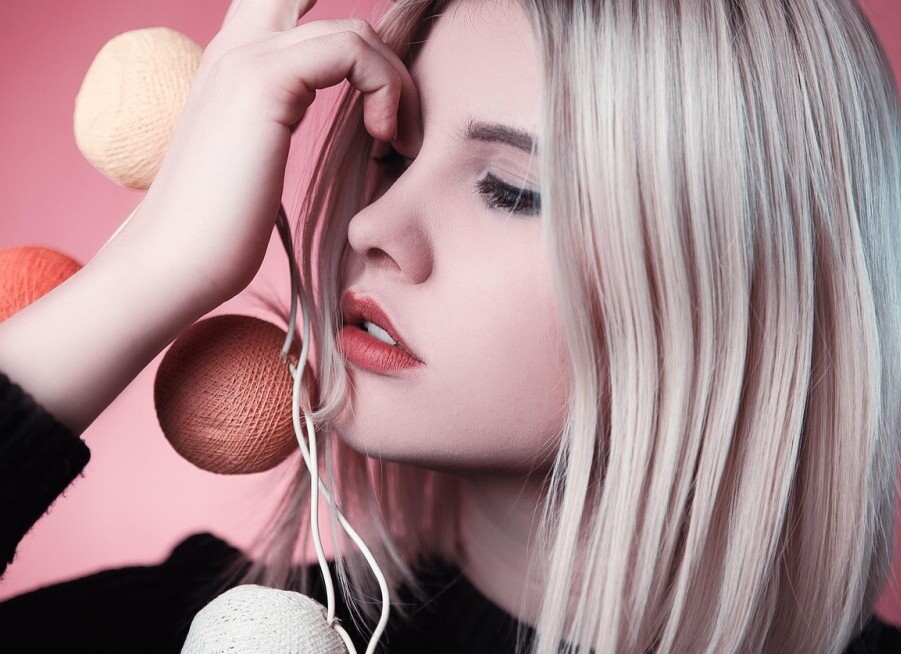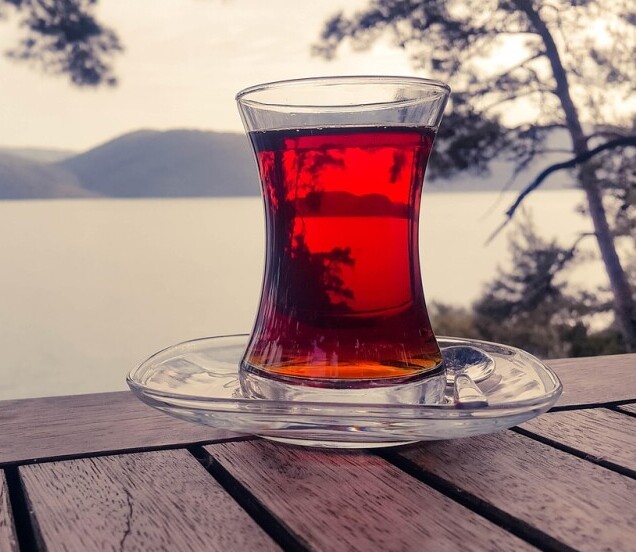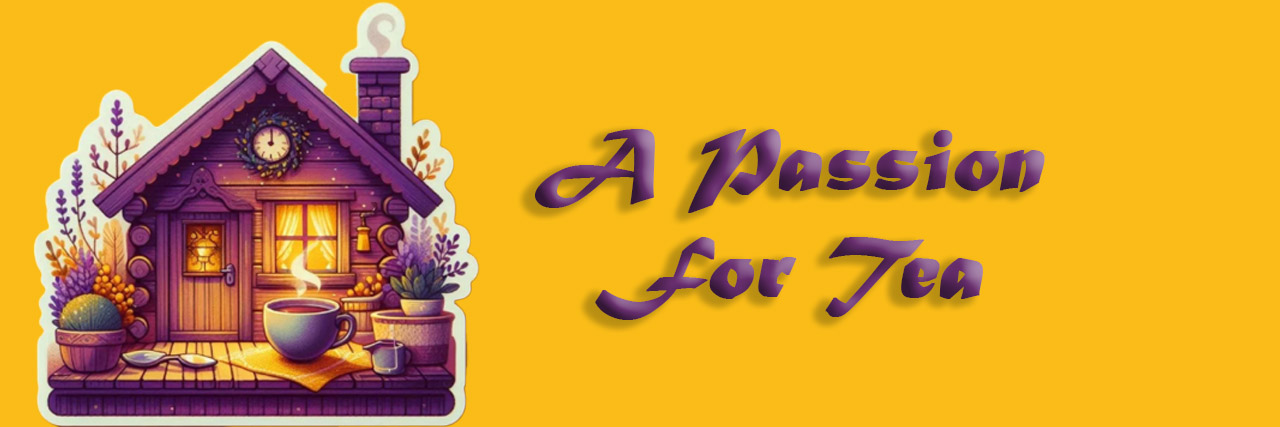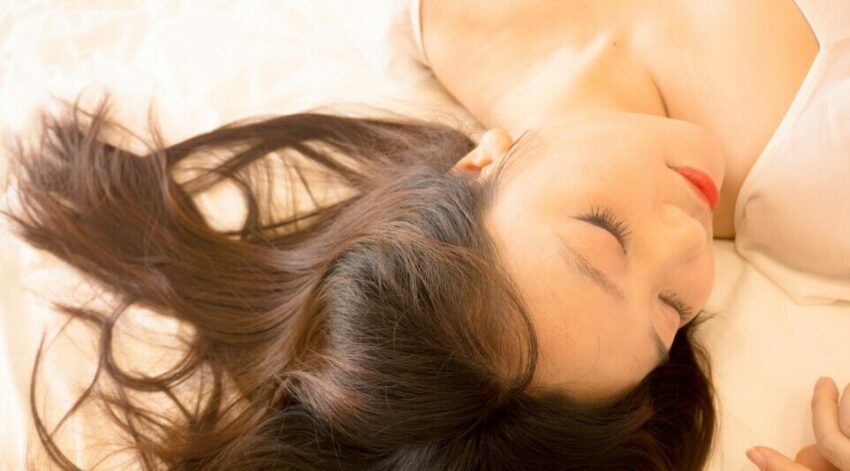Are you tired of hair products filled with chemicals that do more harm than good? Turns out the fix might be sitting right in your kitchen pantry—tea! That warm cup of relaxation also packs a punch for your hair health. Forget synthetic hair treatments; teas offer a natural way to nourish your scalp and strands.
 When it comes to hair care, we’re always searching for methods that maximize results with minimal fuss. That’s where nature-friendly solutions like teas come into play. They’re not only effective but gentle on the environment, too. Plus, who doesn’t love an all-natural vibe that comes without a gazillion unpronounceable ingredients?
When it comes to hair care, we’re always searching for methods that maximize results with minimal fuss. That’s where nature-friendly solutions like teas come into play. They’re not only effective but gentle on the environment, too. Plus, who doesn’t love an all-natural vibe that comes without a gazillion unpronounceable ingredients?
Let’s not forget the variety that teas bring to the table. Each type of tea offers benefits, from green to black to chamomile and peppermint. Whether you’re fighting frizz, tackling dandruff, or dreaming of luscious locks, tea can help! Throughout this article, I’ll guide you through everything you need to understand about using teas to get that epic crowning glory.
Understanding the Nutritional Constituents of Popular Teas
 Ever wonder why everyone’s buzzing about tea for hair care? It’s not just an old wives’ tale. Different teas are jam-packed with nutrients that can turn your hair game around. Let’s break down what’s inside some of the most popular teas and how these components work their magic.
Ever wonder why everyone’s buzzing about tea for hair care? It’s not just an old wives’ tale. Different teas are jam-packed with nutrients that can turn your hair game around. Let’s break down what’s inside some of the most popular teas and how these components work their magic.
Green tea is like a powerhouse for hair health. Full of catechins and antioxidants, it helps tackle hair loss while boosting the shine. Its star player, EGCG, works wonders to promote hair growth and even revitalize damaged follicles.
Black tea is another gem with its stash of caffeine and tannins. These ingredients contribute to thickening hair and giving it a darker hue naturally. Plus, the nutrients in black tea help lock in moisture, which is a game-changer against dryness.
Chamomile tea, thanks to its natural oils and special compounds, has anti-inflammatory properties that soothe an itchy, flaky scalp. Peppermint tea, on the other hand, is filled with menthol, which aids in invigorating the scalp and enhancing blood circulation, making every strand of hair feel more lively and fresh.
The big takeaway here? Each tea offers something unique for different hair needs. Dive into these options and match them to what your hair craves. The natural elements in these teas promise gentle yet effective care, steering you clear of harsh chemicals and getting you closer to the hair of your dreams.
Using Green Tea for Hair Growth and Health
 Green tea isn’t just for your mug—it’s a powerhouse for those tresses too. The special compounds found in its leaves, particularly EGCG (Epigallocatechin Gallate) make green tea such a winner for your hair. This magical component boosts blood circulation in your scalp, nurturing your hair follicles and encouraging growth. Think of it as your scalp’s personal trainer!
Green tea isn’t just for your mug—it’s a powerhouse for those tresses too. The special compounds found in its leaves, particularly EGCG (Epigallocatechin Gallate) make green tea such a winner for your hair. This magical component boosts blood circulation in your scalp, nurturing your hair follicles and encouraging growth. Think of it as your scalp’s personal trainer!
You may be wondering how to use green tea for your strands. A simple green tea hair rinse can do wonders. Brew a strong cup, let it cool, and pour it over your clean hair. Leave it for about ten minutes before rinsing out. This easy-peasy method can strengthen roots and even reduce hair loss. Plus, it adds a natural shine that’s bound to turn heads.
Green tea doesn’t stop there. It’s also packed with antioxidants that fight damage and maintain hair elasticity, preventing breakage. If dealing with hair loss or thinning is your struggle, using green tea can help combat these issues naturally. Incorporate this into your regular haircare routine, and those luscious locks will thank you.
Soothing Scalp and Reducing Dandruff with Chamomile Tea
 Is that itchy, flaky scalp driving you nuts? Chamomile tea might just become your new best friend. This gentle tea is celebrated for calming nerves and scalp. It’s loaded with anti-inflammatory properties that can soothe irritation and itchiness.
Is that itchy, flaky scalp driving you nuts? Chamomile tea might just become your new best friend. This gentle tea is celebrated for calming nerves and scalp. It’s loaded with anti-inflammatory properties that can soothe irritation and itchiness.
Chamomile tea can do wonders for promoting an even-toned, balanced scalp. Its natural oils and special compounds reduce dryness, helping stave off dandruff while keeping your scalp hydrated. A chamomile tea rinse could be what you need to keep those flakes in check.
Creating a chamomile rinse is straightforward: steep a couple of chamomile tea bags in hot water, let it cool, and apply it to your scalp and hair. Leave it on for about 15 minutes before rinsing thoroughly. Do this regularly, and you’ll likely notice reduced dandruff and itchiness.
Consider blending chamomile tea with apple cider vinegar for an extra kick against those pesky flakes. The acidic nature of apple cider vinegar works synergistically with chamomile, balancing the scalp’s pH and locking in moisture.
Say goodbye to those expensive, chemical-ridden dandruff shampoos. Chamomile tea offers a natural, effective alternative that’ll leave your scalp healthy and your hair feeling refreshed.
Black Tea for Natural Coloring and Nourishment
 Black tea isn’t just your morning pick-me-up; it can also be your ticket to naturally darker, richer hair. The natural pigments in black tea can gently darken hair over time, providing a subtle change without the harsh chemicals found in traditional dyes.
Black tea isn’t just your morning pick-me-up; it can also be your ticket to naturally darker, richer hair. The natural pigments in black tea can gently darken hair over time, providing a subtle change without the harsh chemicals found in traditional dyes.
Looking to add some life back into those dull strands? Regular black tea rinses can enhance your hair’s texture and elasticity. The tannins in the tea help tighten the cuticle, making your hair look smoother and glossier. They provide unique nourishment that helps fortify each strand against everyday damage.
Creating a black tea rinse is quick and easy. Brew a strong pot of black tea, let it cool, and then slowly work it through your hair. Leave it on for around 20 minutes, giving it time to saturate and deposit those lush pigments. Rinse off and admire your hair’s deepened tones.
Try mixing black tea with a few drops of your favorite essential oils for an added nutrient boost. Whether it’s lavender or rosemary, this combo can infuse additional benefits and create a spa-like experience right at home.
Black tea works gently, so repeated applications are key for a noticeable change. It’s the perfect solution for anyone experimenting with hair color without committing to permanent dyes or risking hair health.
DIY Tea Infusions: Your Guide to Safe and Effective Application
 Creating your own tea rinses at home saves money and allows you to customize treatments specifically for your hair’s needs. It might sound intimidating initially, but with a few easy recipes, you’ll feel like a hair care aficionado in no time.
Creating your own tea rinses at home saves money and allows you to customize treatments specifically for your hair’s needs. It might sound intimidating initially, but with a few easy recipes, you’ll feel like a hair care aficionado in no time.
You can start by choosing the right tea based on your hair goals. Whether you’re aiming for growth, dandruff control, or rich color, there’s a tea to match your vibe. Combine your chosen tea with water in a pot, and after brewing, let it cool to avoid any scalp burns. Using cooler tea is also more relaxing, making the process feel like a pampering session rather than routine hair care.
To prevent any risk of irritation, do a patch test on your skin before applying extensively to your hair and scalp. This helps ensure you’re not sensitive to any of the components in your tea infusion. Remember, everybody’s skin is a little different.
What about spicing things up with additional natural ingredients? You can elevate the experience by adding drops of essential oils like peppermint for a refreshing zing or a spoonful of honey for an extra moisture boost. These additions enhance the infusion’s fragrance and multiply its benefits.
The application is seamless: Slowly pour the infusion through your hair after shampooing, making sure to coat every strand. Massage your scalp gently with your fingertips to help distribute the goodness evenly. After letting it sit, rinse it with cool water to lock in all those benefits. There is no need to shampoo again—just let your tea-infused hair breathe and enjoy the natural shine and feel.
 Routine is key. Make this a weekly ritual or adjust it based on how your hair feels. These DIY tea infusions gently nurture your hair, giving it the natural care it deserves without harsh chemicals. Consistent use will likely transform your hair into that lush, enviable mane you’ve always wanted.
Routine is key. Make this a weekly ritual or adjust it based on how your hair feels. These DIY tea infusions gently nurture your hair, giving it the natural care it deserves without harsh chemicals. Consistent use will likely transform your hair into that lush, enviable mane you’ve always wanted.
Affiliate Links
This page may contain affiliate links, which, if clicked on will take you an item, its information and images of it. If you choose to purchase the item, I receive a small commission -Shirley
Comments
I do enjoy getting comments and questions from my blog visitors, you can leave yours below – Shirley


Comments